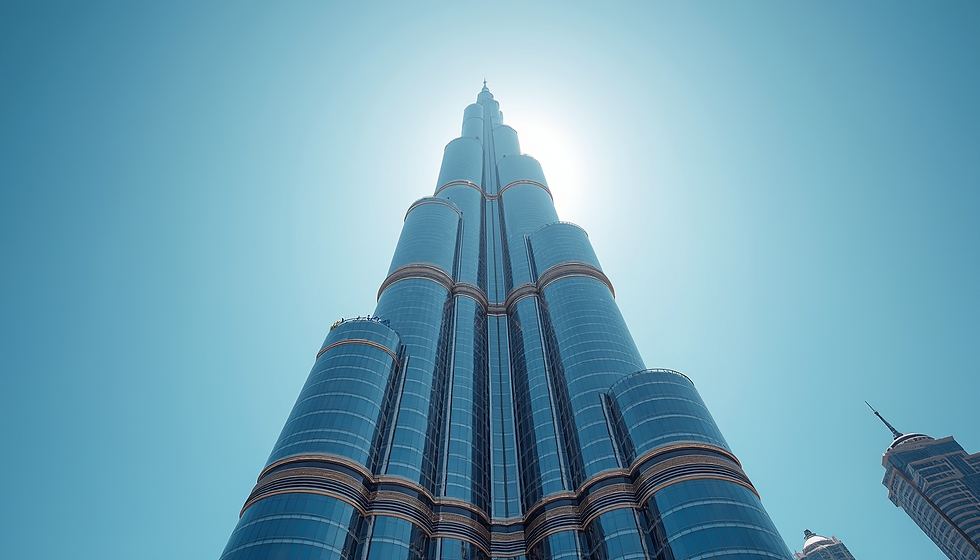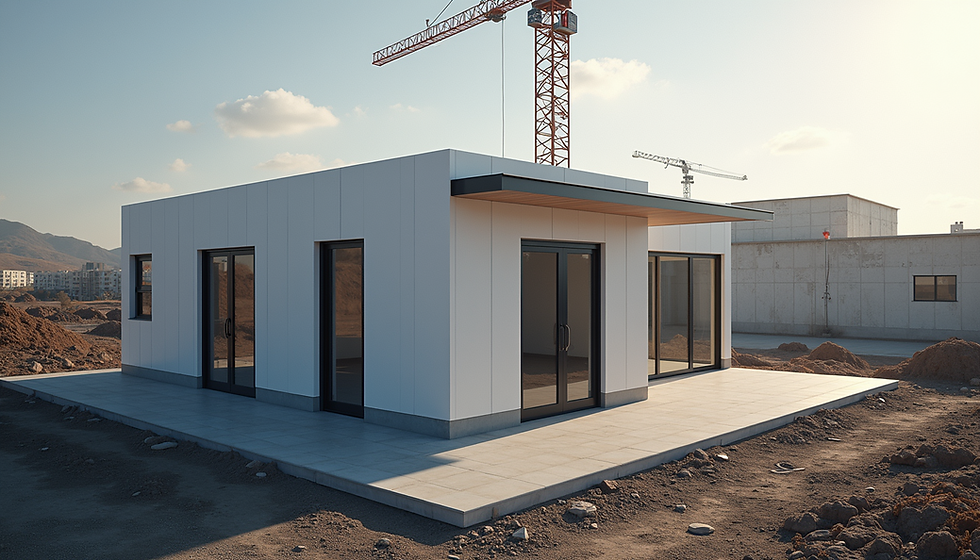Unveiling the Legacy: 10 Architects Who Forever Changed the World of Design
- Mar 13
- 3 min read
Architecture is not just about buildings; it's a reflection of culture, technology, and beauty. Throughout history, some architects have reshaped our cities and changed how we view space. In this post, we dive into the stories of ten architects whose work has made a significant impact on the world.
Frank Lloyd Wright
Frank Lloyd Wright is one of the most influential architects of the 20th century. He championed organic architecture, which seeks to create harmony between buildings and their surroundings. Fallingwater, built in 1935 over a waterfall in Pennsylvania, is often considered his masterpiece. The structure demonstrates how nature and architecture can coexist beautifully. Similarly, the Guggenheim Museum in New York, completed in 1959, showcases Wright's innovative spiraling design that challenges traditional architectural forms.
Le Corbusier
As a pioneer of modern architecture, Le Corbusier introduced transformative ideas about urban planning. His "Five Points of Architecture" include pilotis (supports), flat roofs, open floor plans, horizontal windows, and free facade design, which have influenced countless buildings. The Unité d'Habitation in Marseille, constructed between 1947 and 1952, reflects his vision of a social housing model integrating functionality with aesthetic appeal. With 337 apartments and communal facilities, it became a blueprint for modern living.
Zaha Hadid
Zaha Hadid was a trailblazer known for her stunning, futuristic designs. Breaking through gender barriers, she created fluid forms that pushed the limits of material and spatial design. The Heydar Aliyev Center in Azerbaijan, completed in 2012, is a prime example of her visionary work. The building features sweeping curves and a unique structural form that challenges traditional architectural norms. Her legacy continues to inspire architects, encouraging them to think outside the box.
I. M. Pei
I. M. Pei stands out for his masterful modernist approach. His designs are often geometric and meld effortlessly with their environments. The Louvre Pyramid in Paris, completed in 1989, successfully merges contemporary design with historic architecture. The glass and metal structure, which now serves as the museum's main entrance, saw a visitor increase of over 30% in its first year, demonstrating a successful blend of old and new.

Antoni Gaudí
Antoni Gaudí's masterpiece, the Sagrada Família in Barcelona, is synonymous with Catalan Modernism. Construction began in 1882 and is still ongoing, with an expected completion date set for 2026 to coincide with the 100th anniversary of Gaudí's death. His unique style incorporates vibrant colors, organic shapes, and intricate details, making the basilica not only architecturally significant but also profoundly spiritual.
Oscar Niemeyer
Oscar Niemeyer played a vital role in shaping modern architecture in Brazil. His curvaceous designs define the city of Brasília, which was inaugurated in 1960. Key buildings like the National Congress and the Cathedral of Brasília feature sweeping curves and bold forms. The architectural planning of Brasília sought to create an organized urban space, leading to a 50% population growth in the surrounding areas within just a few years.
Louis Kahn
Louis Kahn is celebrated for his powerful buildings that emphasize form and light. His work, including the Salk Institute in California, showcases concrete in a way that celebrates its raw beauty. Completed in 1965, the Institute is designed to encourage collaboration and creativity, blending nature with architecture. The design has become iconic, attracting thousands of visitors annually.
Richard Meier
Richard Meier’s work is closely associated with the International Style, focusing on clean lines and white spaces. The Getty Center in Los Angeles, completed in 1997, is a prime example of modern architecture merging with the landscape. The museum complex, with its stunning views and rich art collection, draws approximately 1.8 million visitors each year, showcasing how great design can attract people.
Bjarke Ingels
As a contemporary force in architecture, Bjarke Ingels challenges traditional design norms. His approach is particularly evident in the 8 House in Copenhagen, completed in 2010. This mixed-use development combines sustainability with community-oriented design. It encourages neighborly interaction with its innovative layout, featuring residential units with shared outdoor spaces. Such designs recognize the importance of community in urban living.
Tadao Ando
Tadao Ando, a self-taught architect from Japan, is known for his minimalist approach. His work emphasizes the harmony of concrete, light, and nature. The Water Temple on Awaji Island is a serene example of his style. Completed in 1991, the temple invites tranquility through its simple yet profound design, creating a space for spiritual reflection.
Reflection on Their Influence
The legacies of these ten architects remind us of the profound impact that thoughtful design can have on our lives. Their contributions have not just changed city skylines; they have also shifted societal values and our daily experiences. As we envision the future, their groundbreaking work inspires a new generation of architects. Through innovations in sustainability, aesthetics, and community engagement, architects continue to reshape the spaces we inhabit, urging us to rethink our relationship with the built environment.




Comments